Mingde Strategic Dialogue
Your Present Location: Trending> Mingde Strategic DialogueChina’s economy can grow by up to 5% until 2030: ex-finance vice-minister Zhu
China’s economy can grow by up to 5% until 2030: ex-finance vice-minister Zhu
Comments from Zhu Guangyao come as party Central Committee prepares for fourth plenum from Monday to finalise crucial 2026-2030 blueprint
Source: South China Morning Post
By Carol Yang
Update: Oct 19, 2025, 8:00 PM
“We have full confidence that we will accomplish the economic development goal this year. The economic growth will be around 5 per cent,” Zhu said at a conference in Beijing on Friday, hosted by the Chongyang Institute for Financial Studies at Renmin University.
“I personally think that we will keep this 4.5 to 5 per cent growth annually in the next five years and that will build up a solid foundation to achieve the 2035 goal,” he said, referring to the government’s pledge to “basically achieve socialist modernisation” by that year.
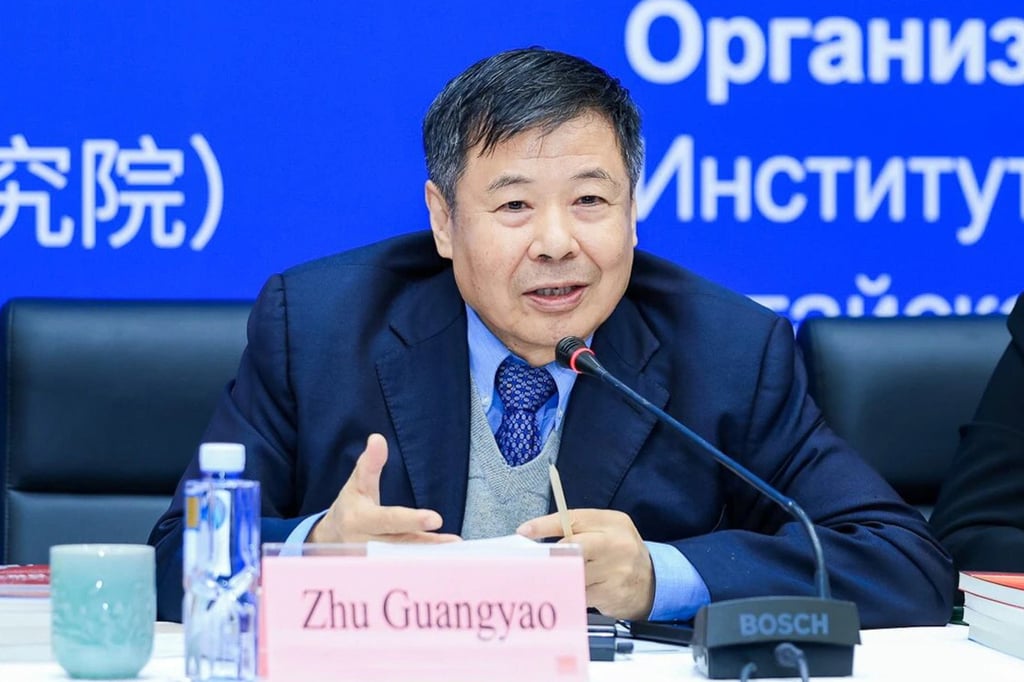 Zhu Guangyao addresses the conference at Renmin University in Beijing on Friday. Photo: Handout
Zhu Guangyao addresses the conference at Renmin University in Beijing on Friday. Photo: Handout
The comments from Zhu, who served as finance vice-minister between 2010 and 2018, come as China prepares for the fourth plenum of the 20th party congress.
The meeting comes at a crucial time for the world’s No 2 economy, as it tackles all-out rivalry with the United States.
The full five-year plan, to be finalised in March during the annual national legislative session, will set key targets and priorities for a wide range of sectors.
In his remarks on Friday, Zhu noted that artificial intelligence, robotics and related industries would support China’s high-quality development over the next five years.
He acknowledged that US export controls on advanced semiconductors had limited China’s computing capabilities, but expressed confidence in China’s AI prospects, citing its extensive application scenarios and robust electricity generation capacity.
The United States has leveraged hi-tech chip exports in its protracted trade dispute with China.
China generated over 10,000 terawatt-hours of electricity in 2024, more than the combined output of the US, European Union and India, the next three largest producers, according to data from energy think tank Ember.
Zhu also highlighted China’s commitment to carbon reduction and its determination to achieve peak carbon emissions by 2030.
Analysts said it was a cautious target that left room for flexibility on future economic policy.
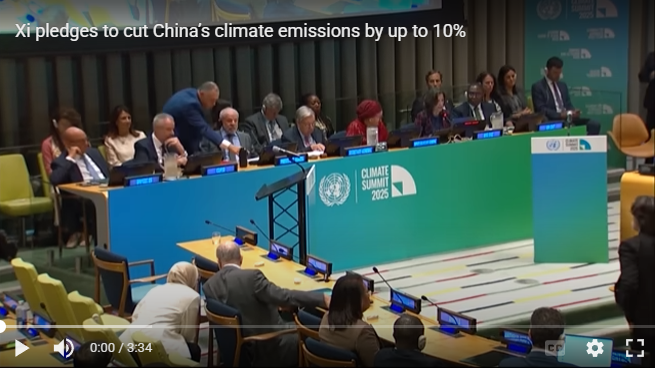 Xi pledges to cut China’s climate emissions by up to 10%
Xi pledges to cut China’s climate emissions by up to 10%
In a video address to United Nations climate talks on September 24, Xi also pledged to increase the share of energy produced by non-fossil fuels to more than 30 per cent, install 3,600 gigawatts of wind and solar power capacity, and develop the national emissions trading market.
Meanwhile, the US is rolling back on its commitments, with President Donald Trump calling climate change a “con job”, and belittling renewable energy and the concept of climate change.
Clean power generation, led by solar and wind, met 84 per cent of China’s electricity demand growth in 2024. Renewable output reduced fossil fuel generation by 2 per cent in the first half of this year, according to a report on China’s energy transition released by Ember in September.
Key Words: Mingde, Economy, China







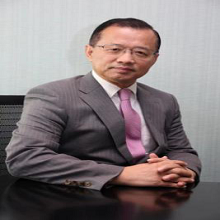

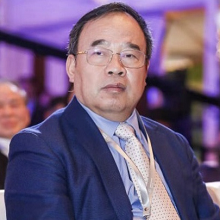

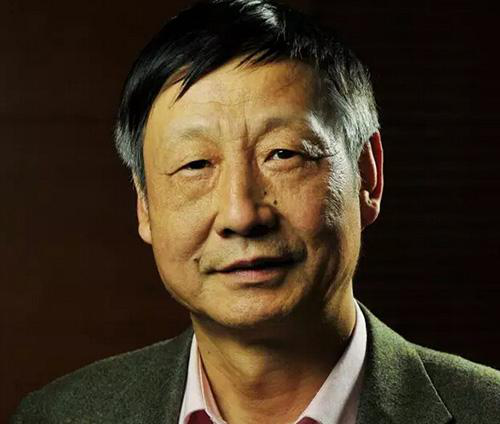
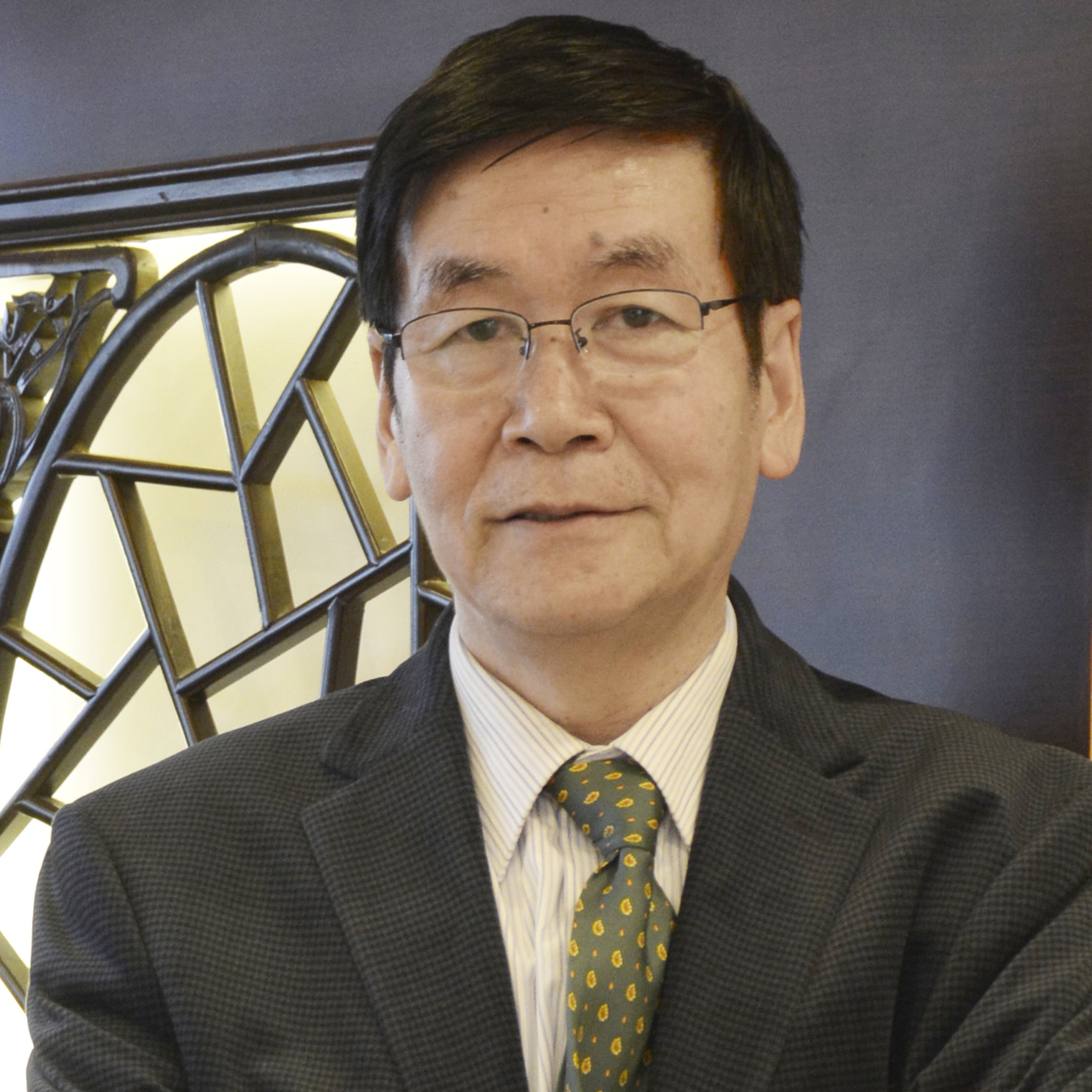


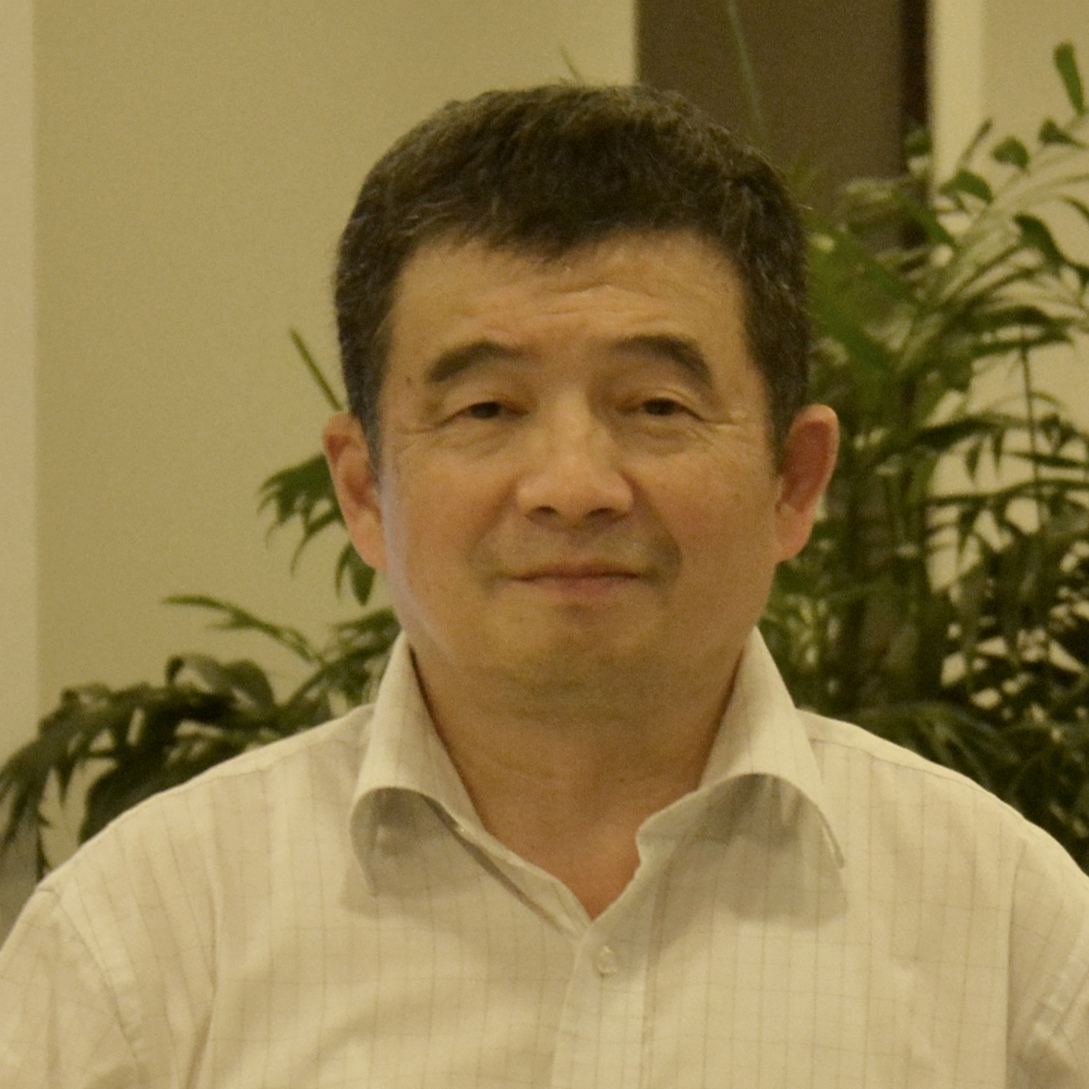
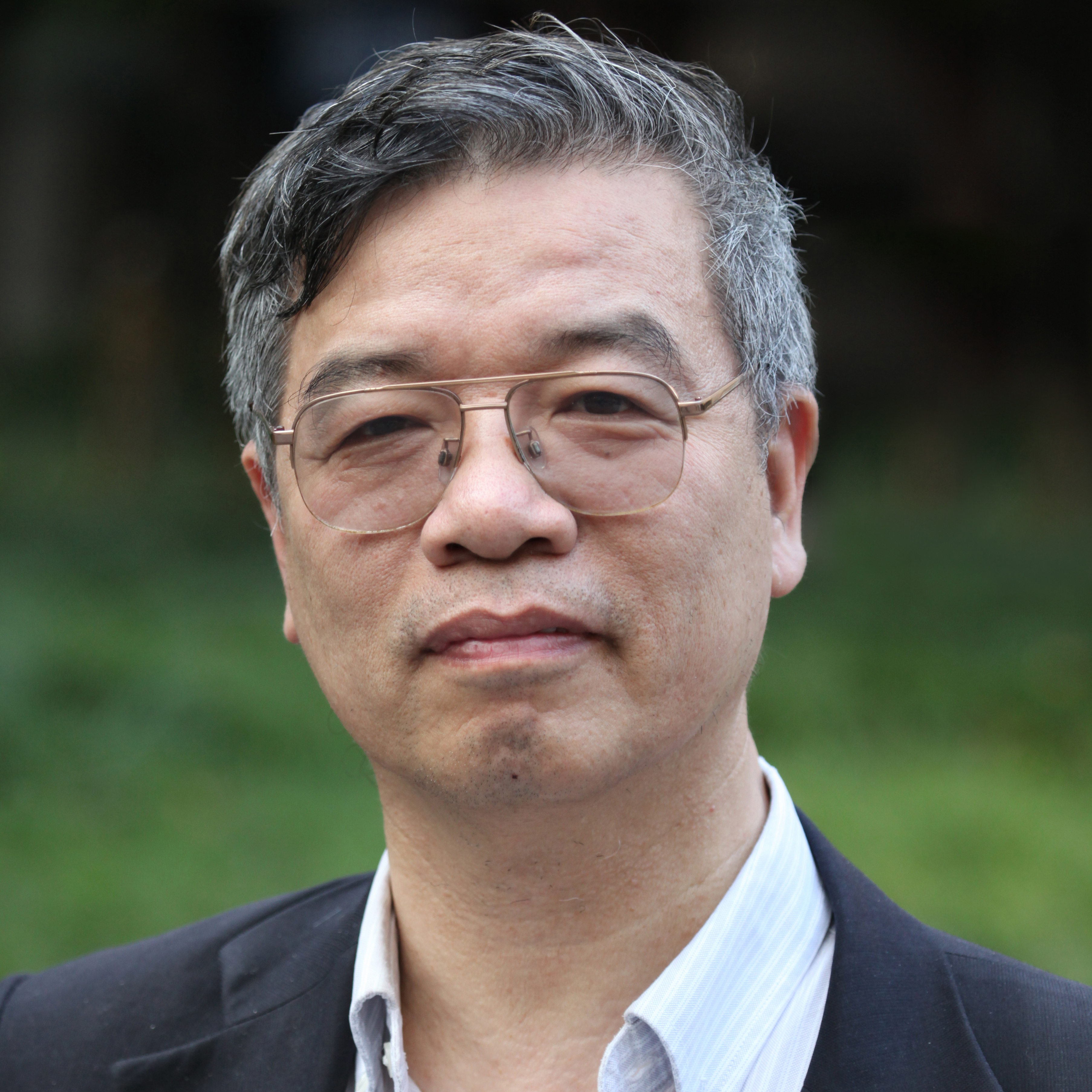










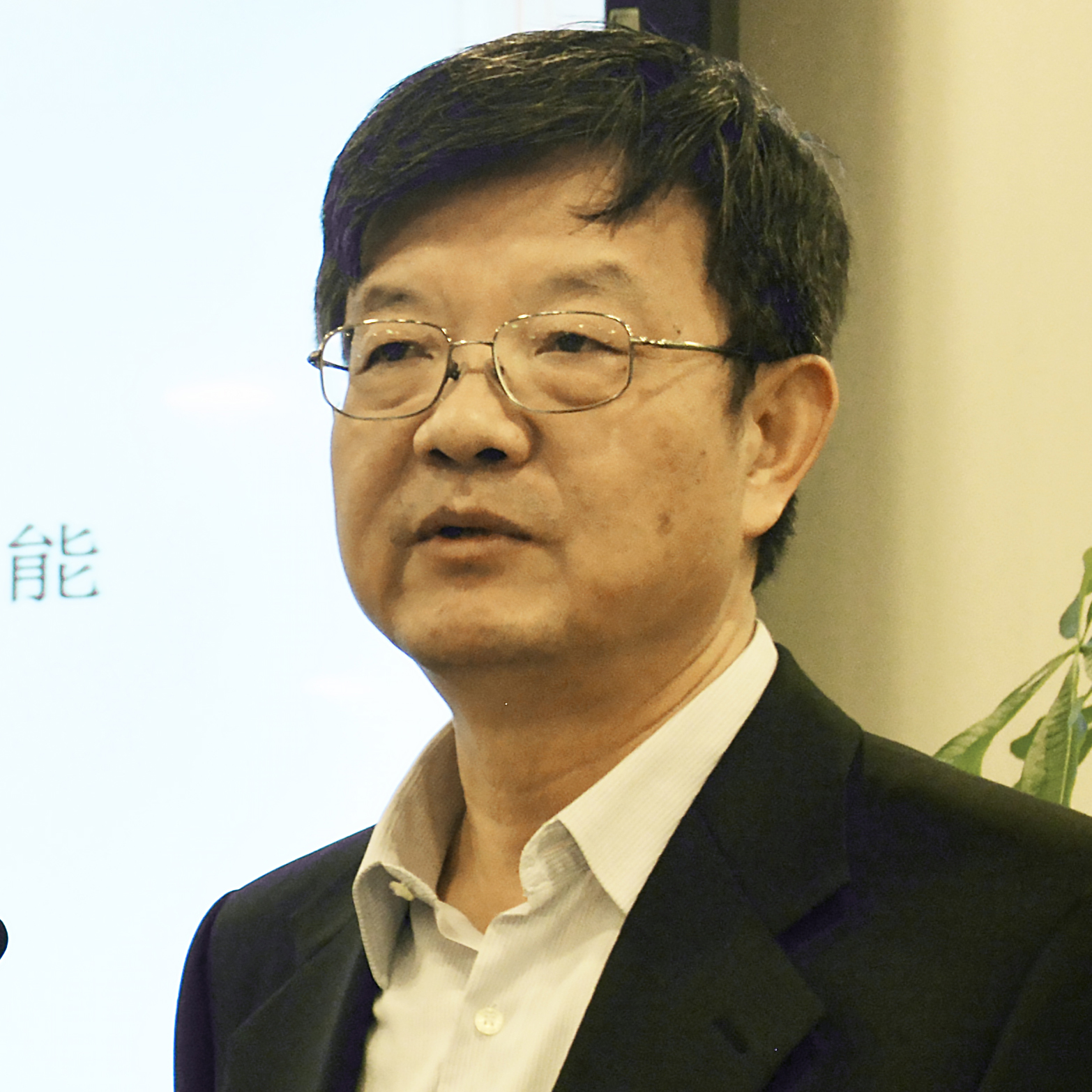
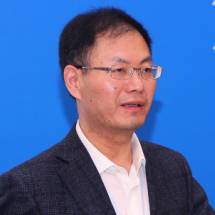


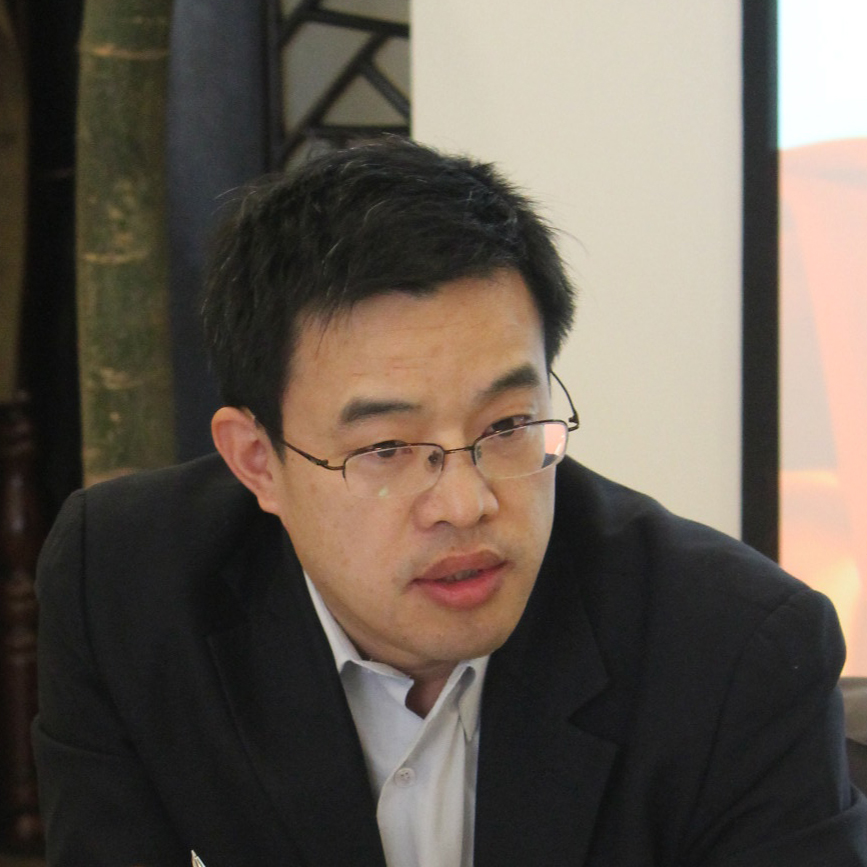

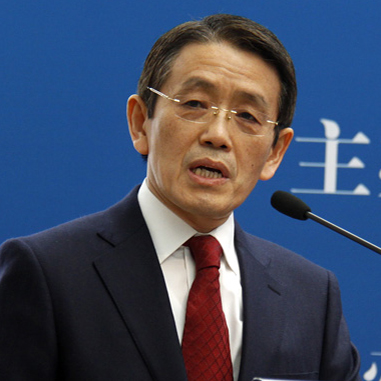

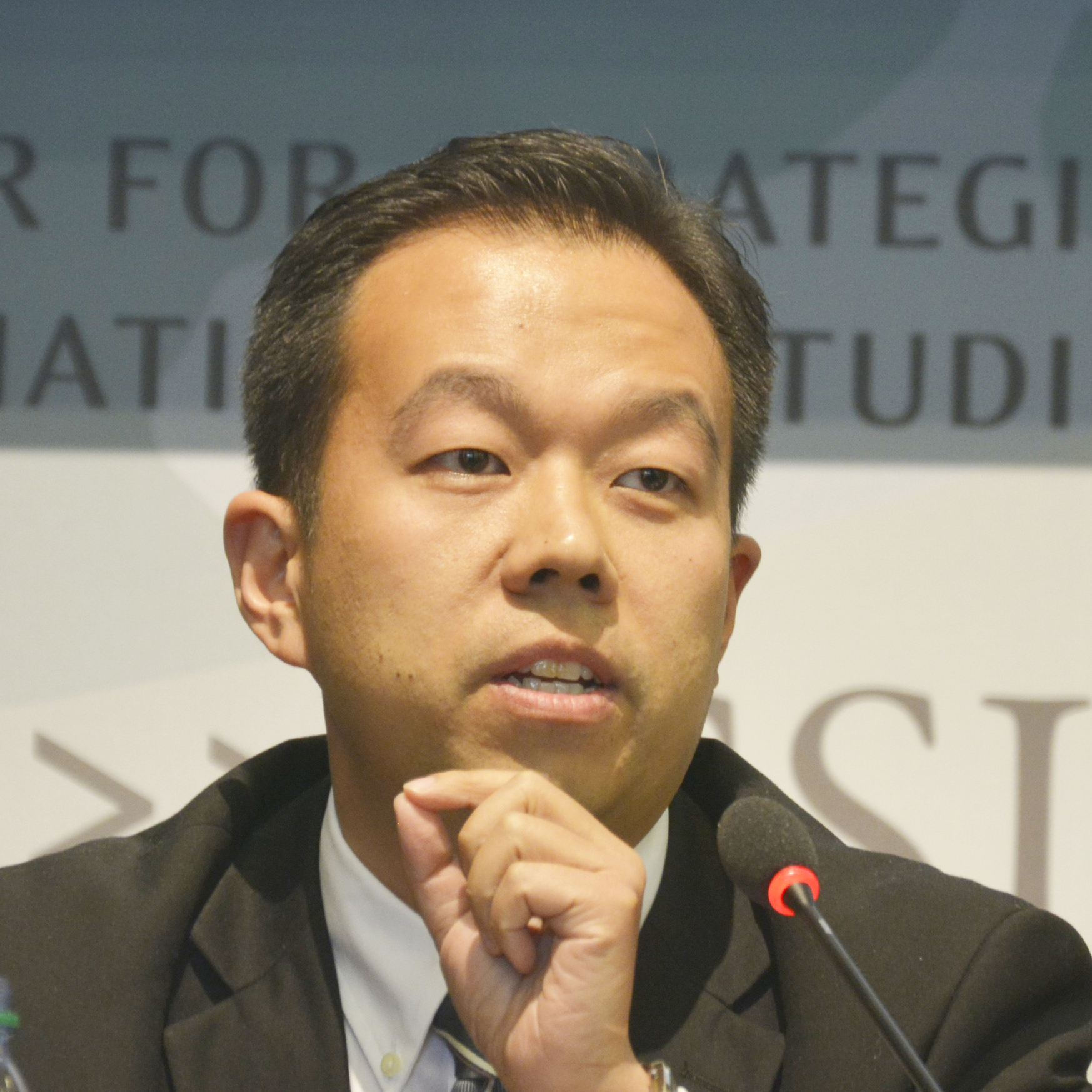










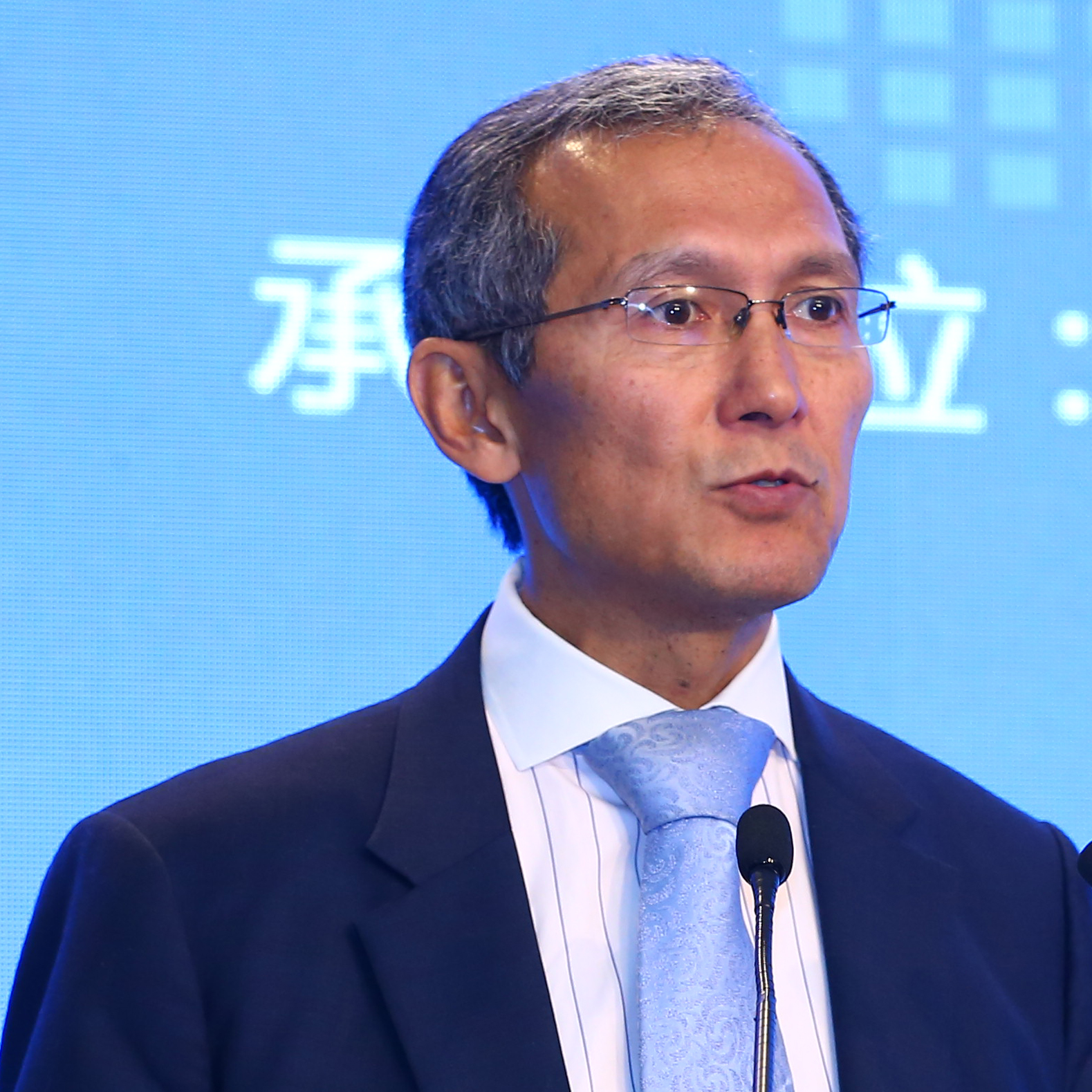


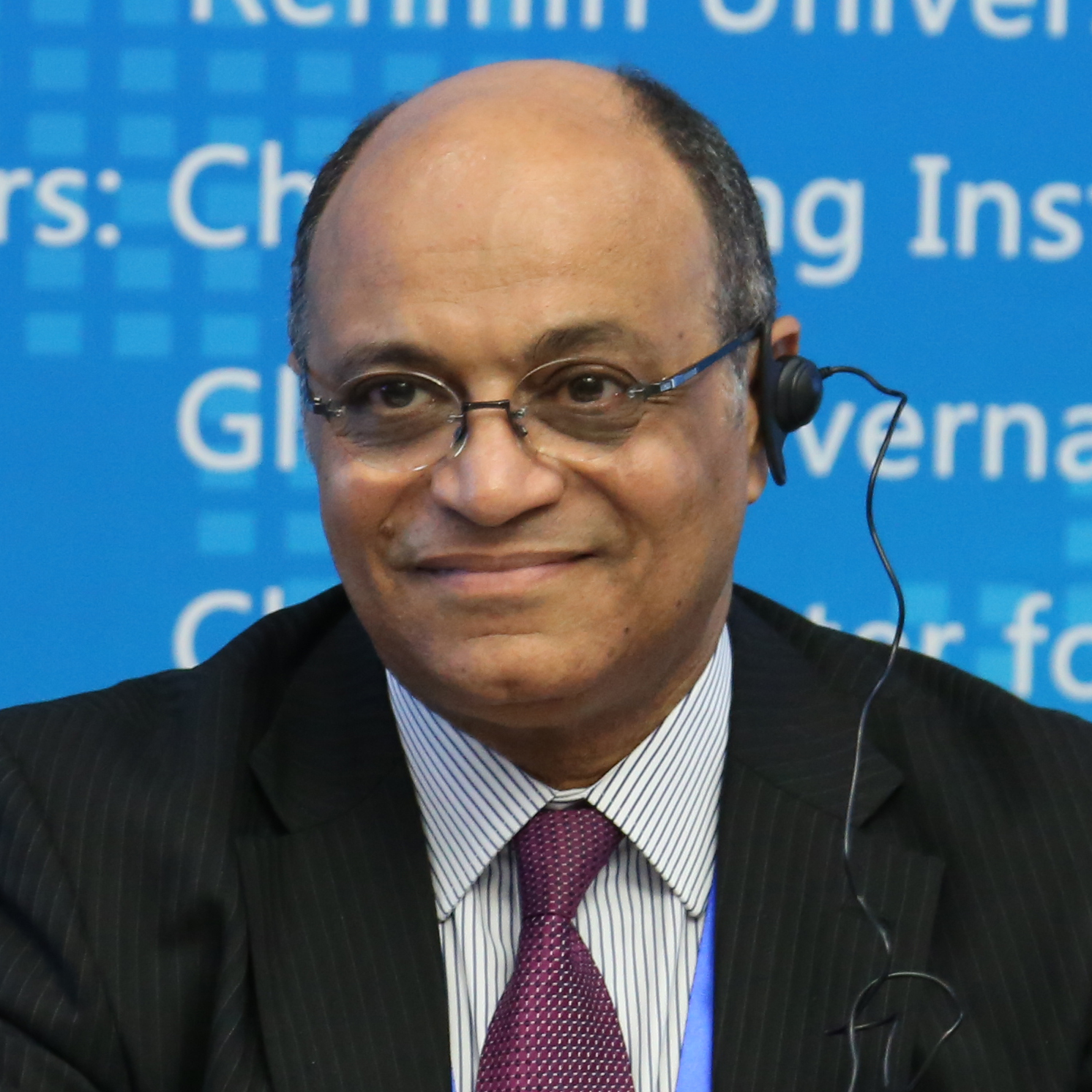










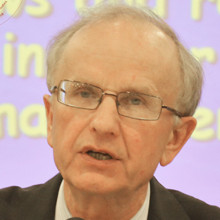





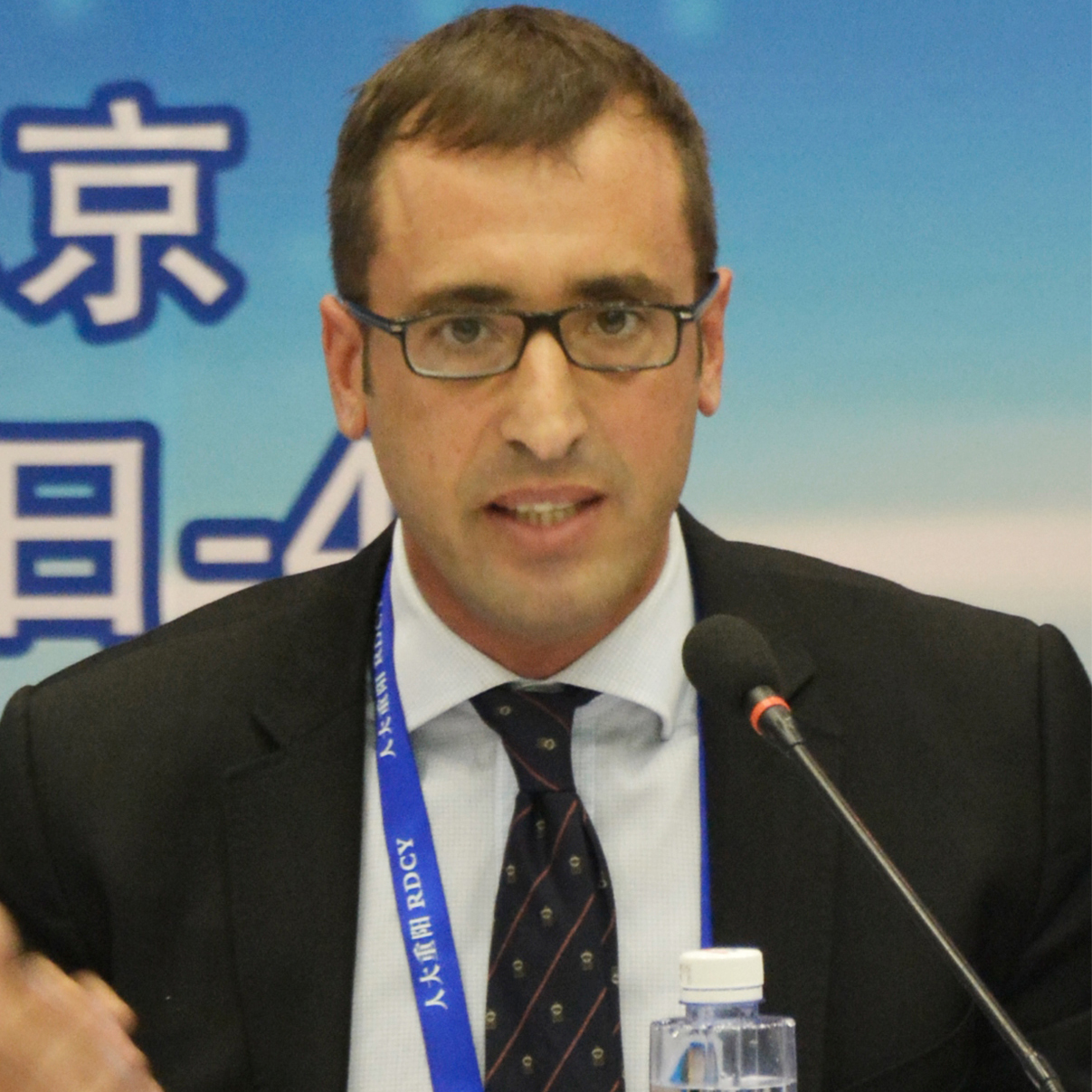
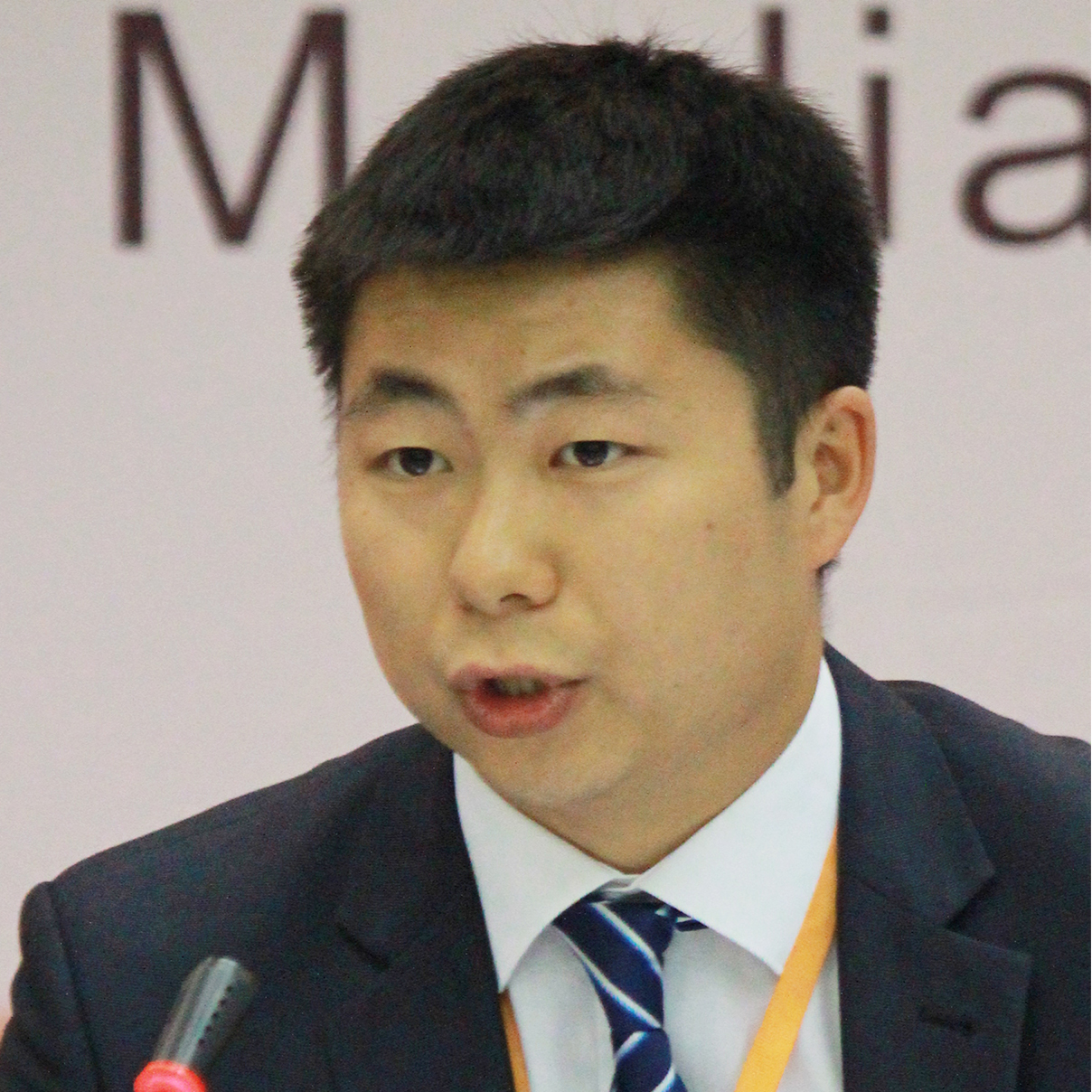

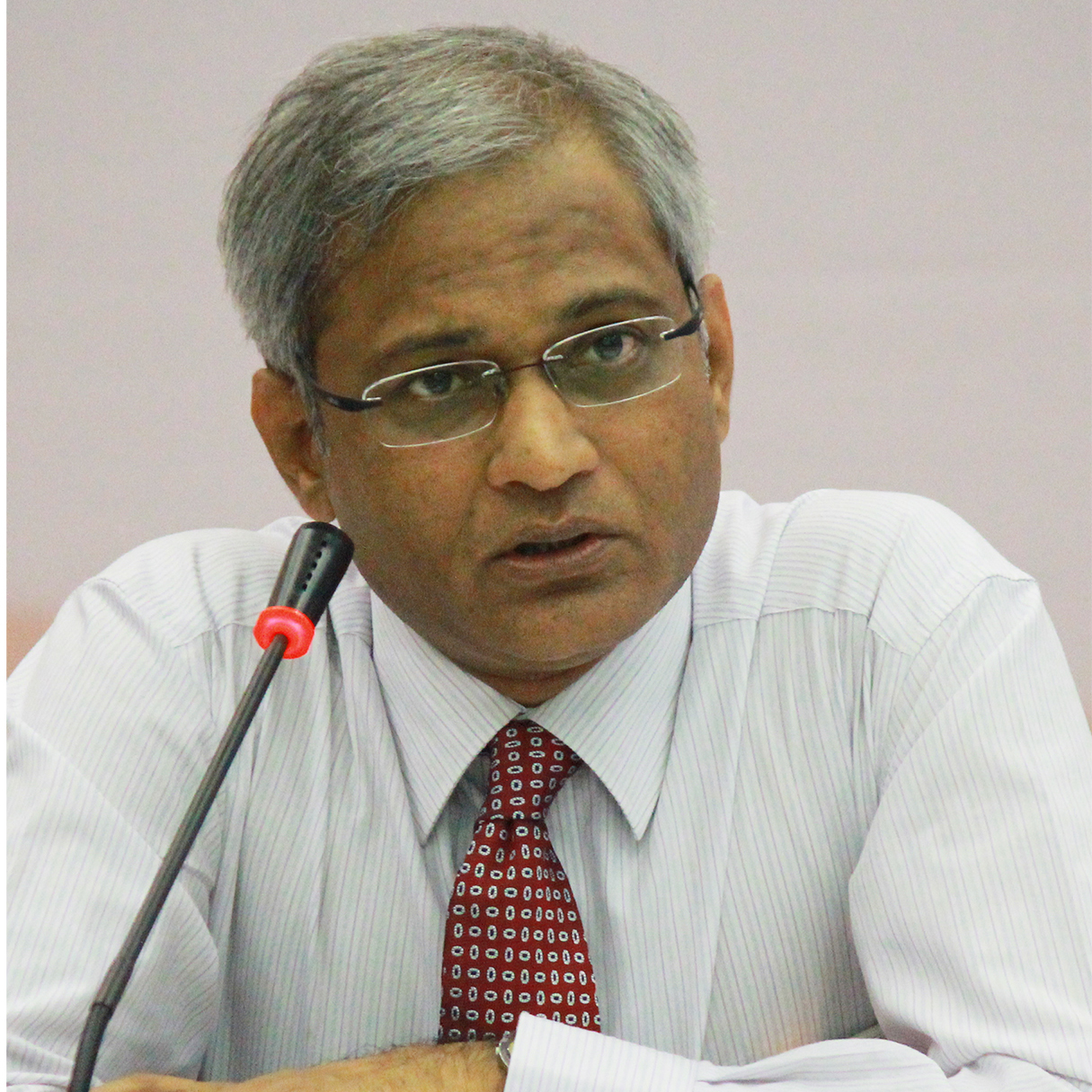
















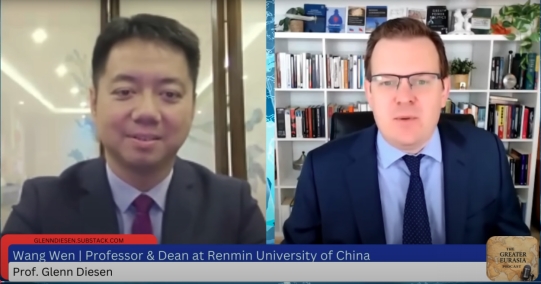
 京公网安备 11010802037854号
京公网安备 11010802037854号





